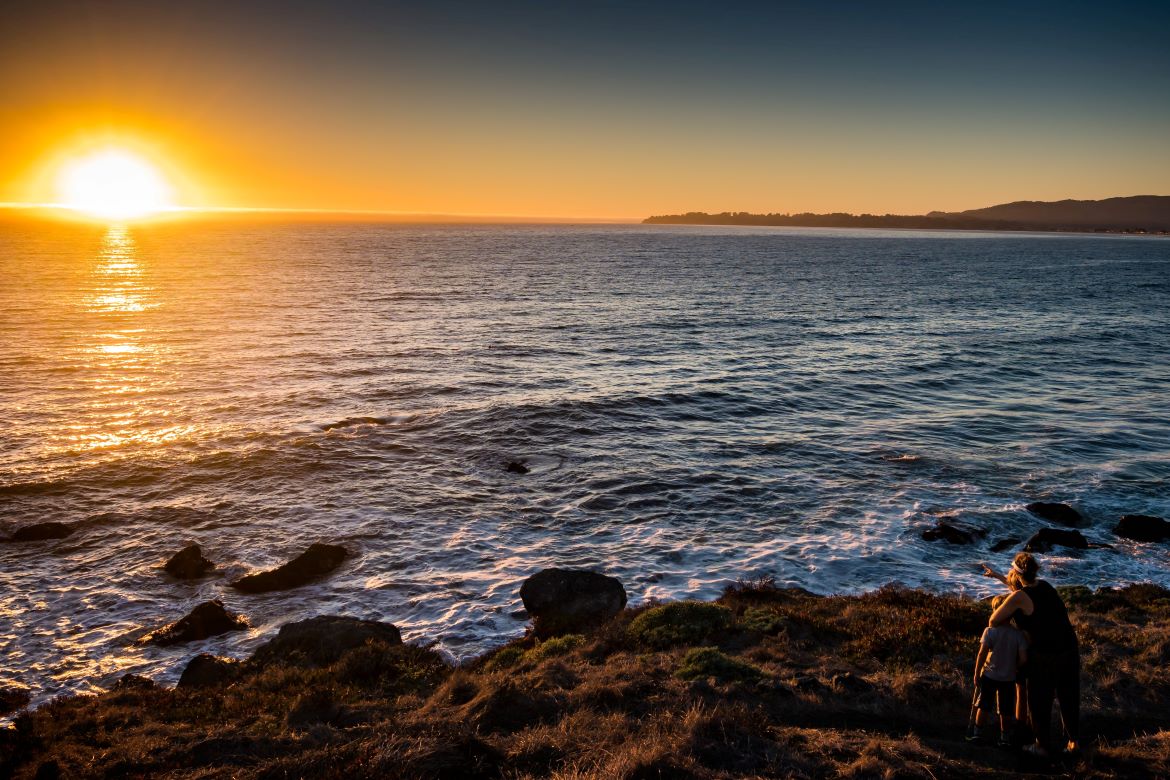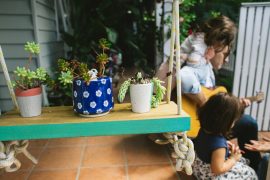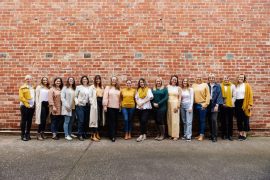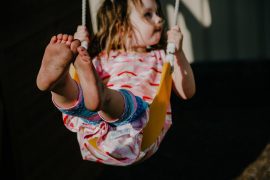By Janet LoSole
In my first two trimesters, I studied the pregnancy books prone in bed as I powered through morning sickness. In the third trimester I emerged from the bedroom ravenous and devoured the contents of the fridge while reading La Leche League’s The Womanly Art of Breastfeeding. At my local chapter’s first meeting I observed firsthand what the book was describing: attachment-style parenting through nurturing touch and responding with sensitivity.
As the years wore on and we had another baby, it seemed counterintuitive to send the girls to school lest the attachment be ruptured. But the decision came with financial consequences. Homeschooling meant we would never regain my once robust salary, and the upkeep of the house and our transportation costs exceeded my husband’s wages. He took on more hours but that separated him from the girls, something he was unhappy with; attachment parenting was shared by the both of us, you see.
On a frigid January evening, he approached me with an idea. “Let’s write down what would bring us the most happiness,” he said, handing me a piece of paper.
We finished scribbling down our thoughts and then swapped lists. To our amazement, the lists were nearly identical. At the top of each list, one word was written: travel.
It came as no surprise. We’d both travelled a great deal; I’d begun backpacking through Europe before the internet era at the age of 17.
So, we took drastic steps. He applied for and was granted a leave of absence. I held a perpetual garage sale and sold every possession, then found tenants who would rent our house while we spent two years in Central America.
We explained that this “worldschooling” experience was a field trip to learn about biology, social studies, geography, history, environmental science, language arts, and international relations.
All we had to do was deposit our girls at the location and let their day-to-day surroundings perform the incidental instruction. Without so much as a lesson plan, they would learn another language, for example.
More importantly, in Central America, a region where a country like Nicaragua is the second poorest country in the Western Hemisphere, I wanted the girls to understand how others lived and to respect the privilege into which they were born so they could respond to the global community with sensitivity.
We planned our route down to the kilometre, for the sake of safety, from as far south as Panama City north to Mexico, passing through Costa Rica, Nicaragua, Honduras, Guatemala, and Belize on the way. We navigated the region by chicken bus, an eye-opening mode of public transportation ubiquitous in the developing world. Originally North American school buses, they are auctioned off to countries in Central America once they reach their life expectancy, and are driven down through Canada and the US and reach their intended communities where they are repainted and decorated with vibrant colours and religious symbolism.












You gave your daugthers a great experience with these 2 years. I love that you shopped localy and that you did community-based tourism.